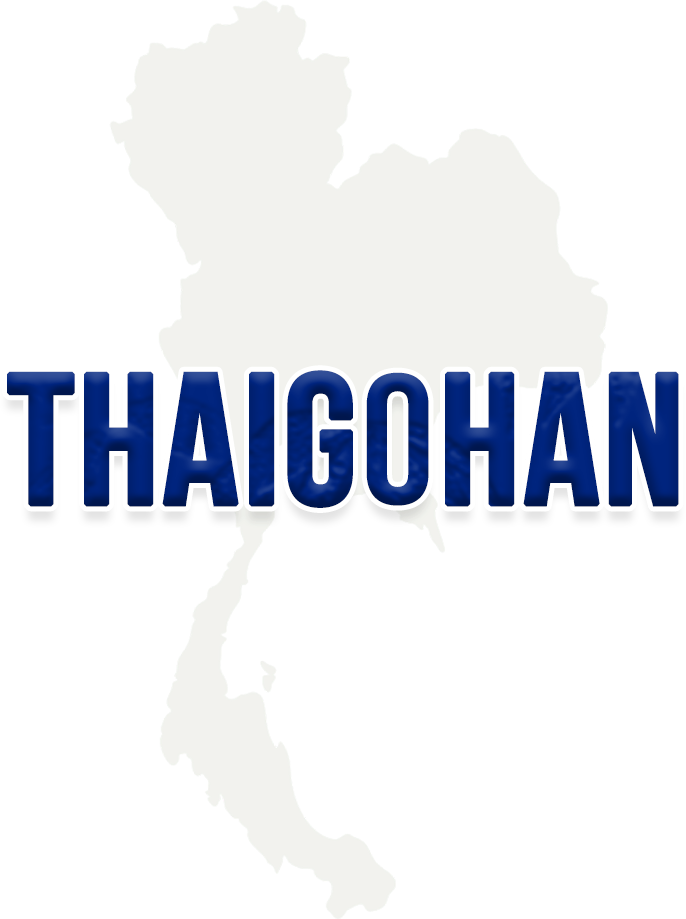[2025 Edition] The Ultimate Guide to Domestic Transportation in Thailand: Comparing Flights, Buses, and Trains

When traveling within Thailand, the three main domestic transportation options are flights, buses, and trains. Each method varies significantly when it comes to price, travel time, comfort, and how deeply you can immerse yourself in the local scene. Your ideal transportation mode will depend on your budget, schedule, and travel goals. This comprehensive article—updated for 2025—will compare Thailand’s major domestic travel options, highlight their advantages and disadvantages, and offer tips for choosing the right mode of transport. Let this guide help you make your journey across Thailand as comfortable, efficient, and memorable as possible.
目次
1. Overview of Thailand’s Top Three Domestic Transportation Options
1-1. How to Choose Your Travel Method in Thailand
Thailand’s major tourist hubs—Bangkok, Chiang Mai, Chiang Rai, Phuket, Krabi, Ayutthaya, and more—are scattered throughout a long and diverse landscape. Selection of the best travel mode depends on the distance, available time, and budget for your trip.
1-2. Basic Overview of Each Transport Method
- Flights (Domestic Airlines):
Domestic flights connect Bangkok to Chiang Mai, Phuket, Krabi, Udon Thani, and other destinations, with a robust network of both full-service and low-cost carriers (LCCs). This is the fastest and often most convenient option for long distances. - Long-distance Buses:
Affordable and with frequent schedules, buses (including overnight and VIP services) make traveling between major cities and even small towns accessible and budget-friendly. - Trains:
Train routes radiate from Bangkok in all directions, connecting major cities and some provinces. Long-distance trains often offer sleeper cars, and new express services and rail upgrades are increasing comfort and efficiency.
2. Pros and Cons of Domestic Flights in Thailand
2-1. Main Airlines and Key Routes
Thailand’s domestic flights are operated by Thai Airways, Bangkok Airways, Nok Air, Thai AirAsia, and Lion Air. Both of Bangkok’s two main airports (Suvarnabhumi and Don Mueang) serve as hubs for flights to almost every region.
2-2. Flight Advantages
- Unmatched speed:
For instance, Bangkok to Chiang Mai takes about 1 hour 20 minutes; Bangkok to Phuket is roughly 1.5 hours—a huge time saver on long routes. - Competitive LCC prices:
During sales or early bookings, tickets sometimes drop as low as 1,000–2,500 yen (about $7–17 USD) one way, making flights affordable even for backpackers. - Good airport-city connections:
Shuttle buses, trains, and taxis make getting from the airport to the city center relatively easy.
2-3. Flight Disadvantages
- Time spent on airport procedures:
Security checks and check-in processes mean total travel time includes 1–2 hours beyond the flight duration itself. - Baggage fees on LCCs:
Low-cost airlines usually charge extra for checked luggage, so packing light is key for budget travelers. - Not all destinations have airports:
Smaller islands and rural towns often require a combination of flight plus bus or ferry services for full access.
3. Features and Tips for Long-Distance Bus Travel
3-1. Bus Types and Major Operators
Options range from “VIP buses” and “First Class” air-conditioned coaches with reclining seats and meals, to local “Ordinary buses” handling basic routes. Bangkok’s main bus terminals are Mo Chit (north), Ekkamai (east), and Sai Tai Mai (south), offering frequent services countrywide.
3-2. Bus Travel Advantages
- Extensive routes reaching local towns:
Buses cover far-flung destinations not served by planes or trains, making them ideal for reaching rural locales. - Overnight buses maximize your time:
Save both daylight and accommodation costs by traveling through the night and waking up at your destination. - Budget-friendly fares:
Even the longest routes usually cost between 1,500–3,000 yen ($10–20 USD).
3-3. Bus Travel Disadvantages
- Potential for delays due to traffic:
Thai road conditions and weather can lead to schedule changes or late arrivals. - Comfort and safety vary by bus class:
Ordinary buses may have hard seats and lack restrooms, while VIP and reputable company buses are more comfortable.
4. The Appeal and Practicalities of Traveling by Train
4-1. Main Routes and How to Use Thai Trains
Popular lines from Bangkok include the Northern Line (to Chiang Mai), Northeastern Line (to Nong Khai, Udon Thani), and Southern Line (to Surat Thani, Hat Yai). Online booking is increasingly available in both Thai and English.
4-2. Train Travel Advantages
- Enjoy scenic views in comfort:
Relax with panoramic countryside vistas, sample meals from onboard vendors, and soak in the journey itself. - Comfortable overnight sleeper cars:
Fresh linens and privacy curtains add a hotel-like feel—especially reassuring for solo and female travelers. - Stable, reliable schedules for major lines:
Mainline trains generally keep to their timetables, particularly for departures from major stations.
4-3. Train Travel Disadvantages
- Limited frequency and routes:
Some lines run only a few times daily or at inconvenient hours for travelers. - Longer travel times:
For instance, Bangkok to Chiang Mai is roughly 12 hours by sleeper train. - Early booking necessary:
Trains can sell out quickly—especially in high season—so booking in advance is advisable.
Conclusion
Your choice of domestic travel in Thailand will depend on your priorities—speed (flights), cost and reach (buses), or experience and scenery (trains). Each method has its own set of pros and cons, so compare them carefully to find the best fit for your journey. Be sure to make reservations in advance where possible and stay up-to-date with local information. Most importantly, savor the travel experience itself: getting around Thailand isn’t just a means to an end, but also an integral part of the adventure.
(Photo by Unsplash.com)




